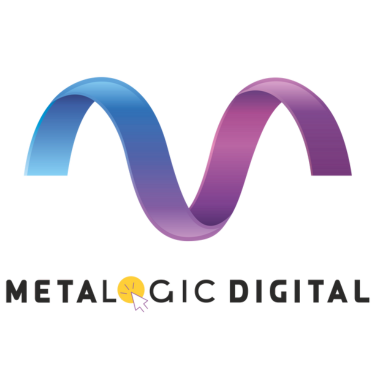1. Understanding mobile app engagement
2. Craft a strong onboarding experience
3. Privatization Customised user experience
4. Push uses notifications wisely
5. In-app messaging for real-time engagement
6. Reward Systems and Gamification
7. Leveraging Social Sharing and Community Features
8. Regular updates and feature enhancements
9. App Store Optimization (ASO)
10. Cross-Channel Promotion Strategies
11. Retargeting and Re-Engagement Campaigns
12. Analytics and A/B tests for continuous improvement
Conclusion
Frequently Asked Questions
Frequently asked questions

01
What is a reasonable mobile app engagement rate?
The rate of good engagement varies by industry, but typically, a retention rate above 25% within 30 days is considered strong.
02
How do push notification apps affect engagement?
Well-targeted push notifications can improve retention by re-engaging users with relevant content at the right time.
03
What is the best equipment to analyze app engagement?
Tools such as Firebase, Mixpanes, and dimensions provide deep insight into user behavior and engagement metrics.
04
How many times should I update my mobile app?
Regular updates, every 2-4 weeks, keep the app fresh, identify bugs, and add features that improve engagement.


Let’s work together
Looking for expert-led digital solutions? Contact Us



